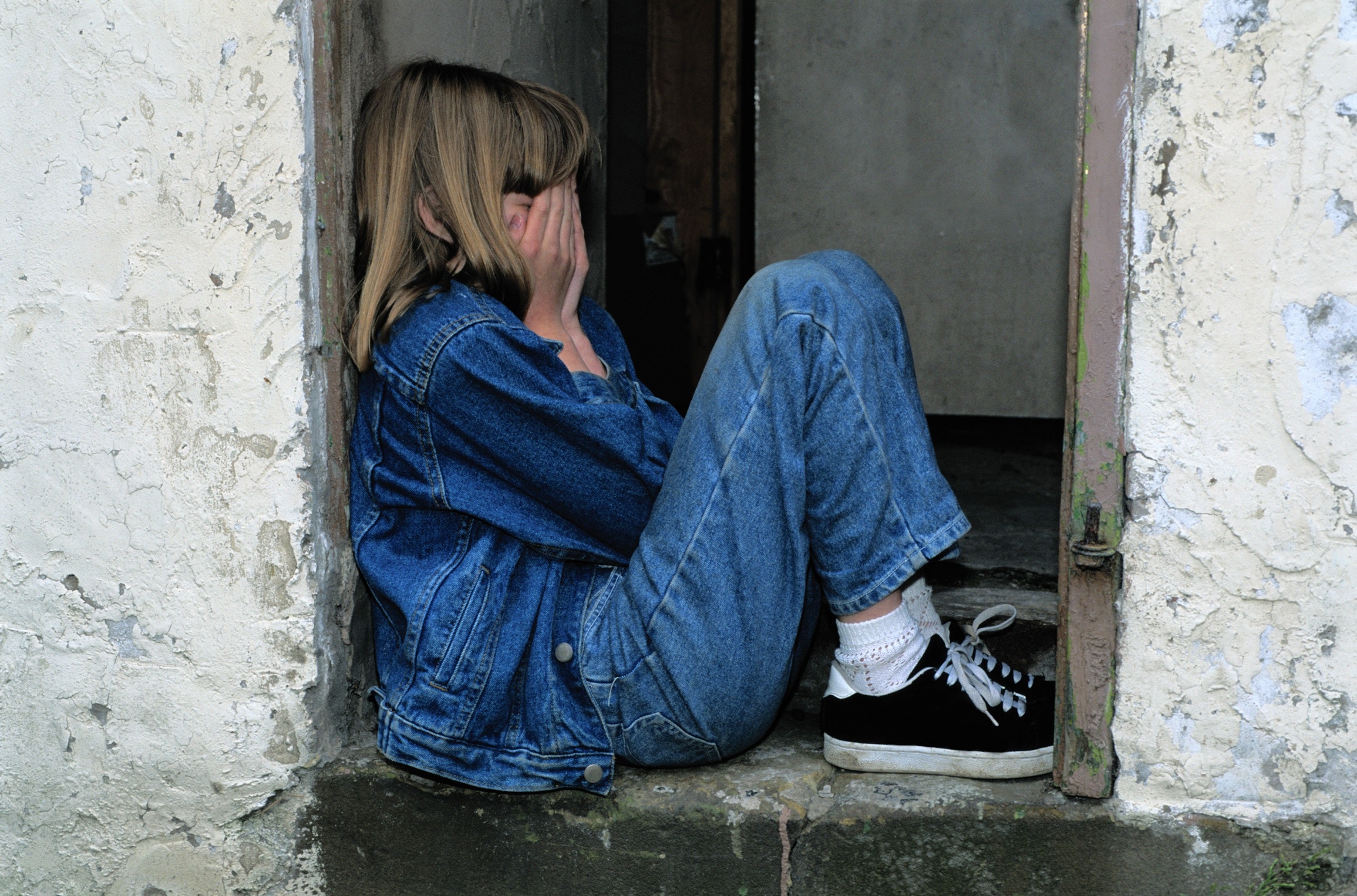April marks the observance of National Child Abuse Prevention Month, an annual campaign that aims to raise awareness of the devastating consequences of child abuse and neglect. This month-long initiative highlights the importance of families and communities working together to safeguard the physical, emotional, and mental well-being of children across the nation. Each one of us can play a vital role in preventing severe neglect, physical, emotional, and sexual abuse by being proactive and informed.
Child abuse often goes unnoticed because people may not recognize the warning signs, or they decide it’s none of their business. However, turning a blind eye to child abuse only allows it to fester and perpetuate. It’s crucial to remember that the average child tells seven adults they are being abused before a report is formally made. Moreover, up to 70% of child abuse cases go unreported, putting countless innocent children at risk.
If you suspect a child has been harmed or is at risk of being harmed by abuse or neglect, do not hesitate to call 911 or the 24-hour Child Abuse Hotline at 1-800-25-ABUSE (1-800-252-2873). In non-emergency situations, you can report suspected child abuse or neglect using the Online Reporting System at https://dcfsonlinereporting.dcfs.illinois.gov/
To effectively combat child abuse, it’s crucial to recognize the warning signs. Here are 10 red flags that may indicate a child is suffering from abuse:
- Unexplained Injuries: Visible signs of physical abuse, such as bruises, cuts, or burns, particularly if they appear frequently or in patterns.
- Changes in Behavior: Sudden shifts in mood or demeanor, including increased aggression, withdrawal, or anxiety.
- Returning to Earlier Behaviors: Reverting to behaviors typical of younger children, like bedwetting or thumb-sucking, as a coping mechanism.
- Fear of Going Home: Reluctance or fear of returning home, which may indicate an unsafe environment.
- Changes in Eating: Dramatic weight fluctuations, binge eating, or hoarding food can signal emotional distress or neglect.
- Changes in Sleeping: Persistent nightmares, insomnia, or excessive sleeping may be signs of trauma.
- Changes in School Performance and Attendance: A sudden decline in academic performance or frequent absences could indicate a troubled home life.
- Lack of Personal Care and Hygiene: Consistently appearing dirty or unkempt, wearing ill-fitting or inappropriate clothing, or displaying poor hygiene.
- Risk-Taking Behaviors: Engaging in dangerous activities, self-harm, or substance abuse as a means to cope with or escape from abuse.
- Inappropriate Sexual Behaviors: Displaying knowledge or interest in sexual activities beyond their age or engaging in sexually explicit behaviors.
Awareness and education are vital to stopping the child abuse epidemic in its tracks. As responsible members of society, it is up to us to learn the signs and take action when necessary. National Child Abuse Prevention Month is a time sensitive reminder that protecting children is everyone’s responsibility. By working together as families, communities, and individuals, we can create a safer environment for children to grow and thrive. Remember, you may be the only one who will stand up for a child in need—don’t think it’s none of your business. Do something.
